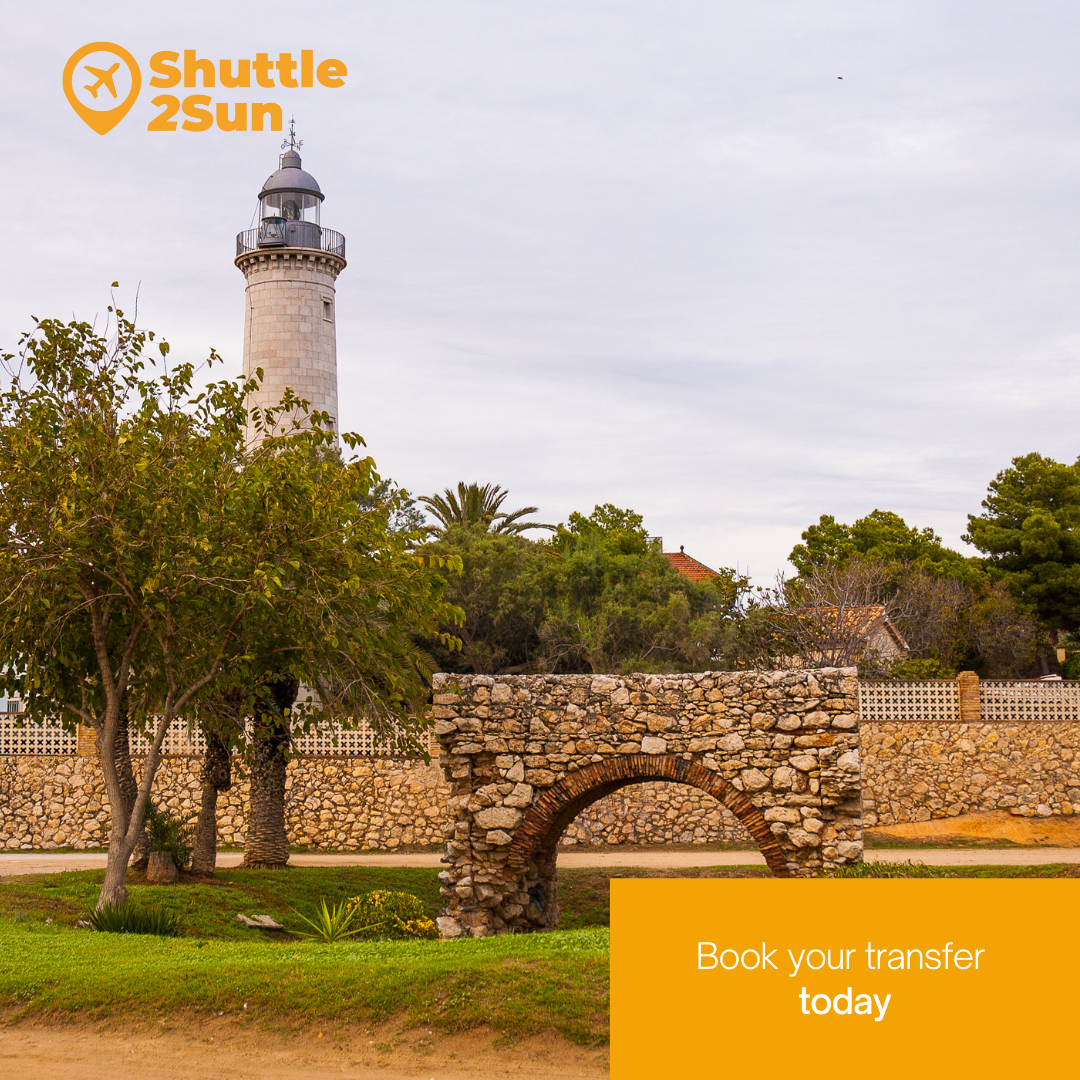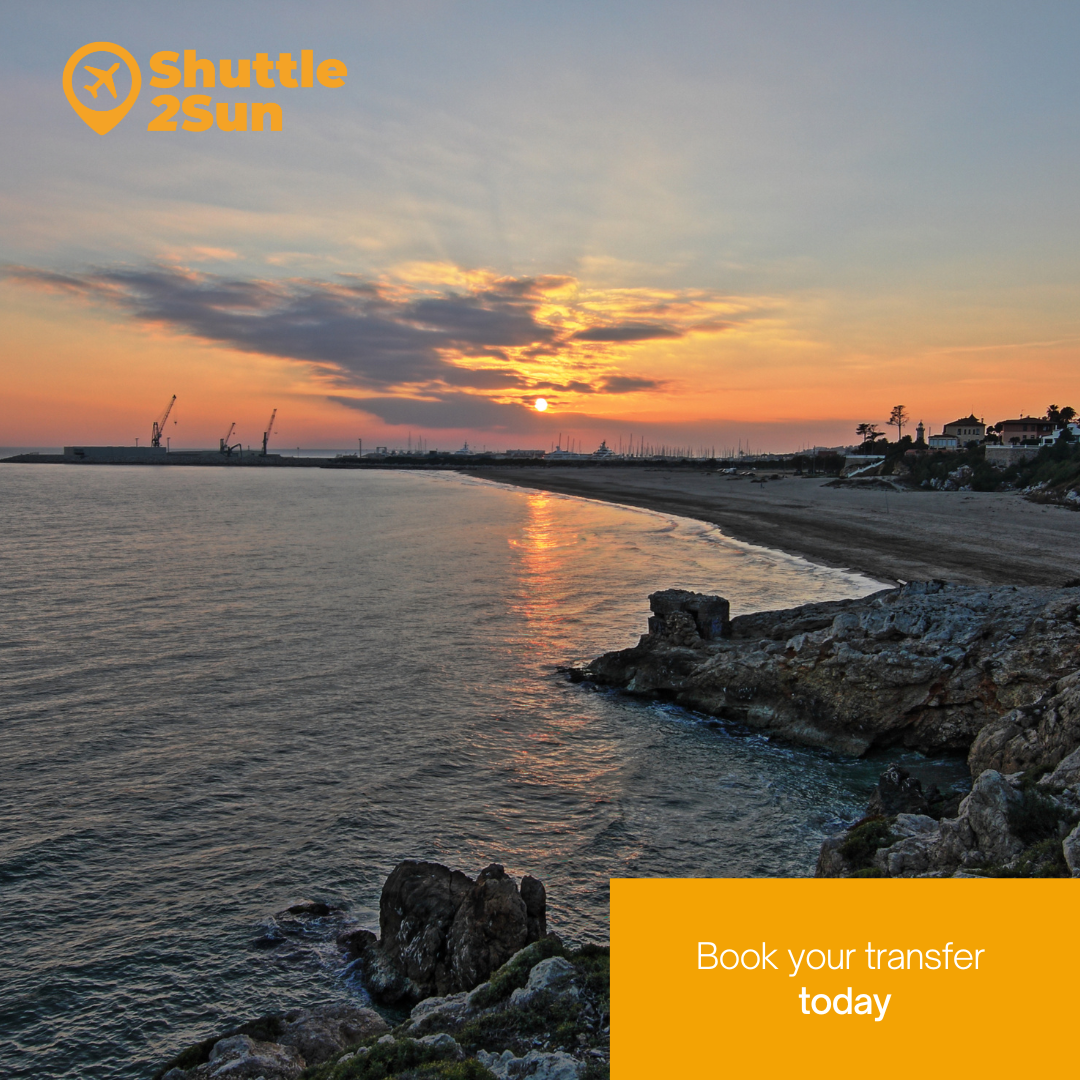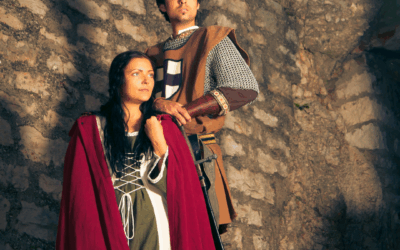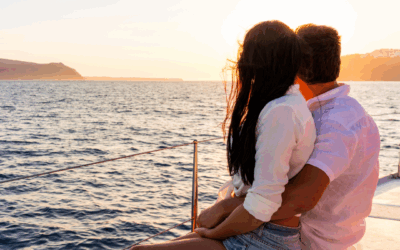The port of a coastal town juts out into the waters of the Mediterranean Sea. The seafaring tradition still lives on among its citizens, who remember the millenary history of this municipality. It is Vilanova i la Geltrú, the result of a union of two neighbouring towns, formerly Vilanova de Cubelles and La Geltrú. Now the capital of Garraf region, it is a town that exudes culture from every pore, reflected in the many museums and activities it organises throughout the year.
Shuttle2Sun offers its shared transfer services and private transfer services, low-cost and sustainable, so you can move to Vilanova i la Geltrú, from Barcelona airport. Remember that Shuttle2Sun also operates in the port of Barcelona, Girona airport and Camp de Tarragona AVE train station, so you can go to any other destination on the Catalan coast.
History of Vilanova i la Geltrú
The first traces of the town date back to the 6th century BC, with an Iberian settlement, the settlement of Adarró, which lived in the area until the 1st century BC. It was a trading port, mainly dedicated to the export of ceramics across the Mediterranean. A century later, this settlement was inhabited by the Romans.
During the Middle Ages, the inhabitants of La Geltrú were very unhappy with the feudal lord of the town, as he obliged all the women to spend the first night with him, a fact known as “derecho de pernada”.
As a result of this problem, many citizens moved to the coastal area of La Geltrú, forming, over the years, the town of Vilanova de Cubelles. In 1274, King James I granted them a town charter.
Centuries later, in the 18th century, the municipality experienced great economic growth, thanks to trade with the Americas, which brought it wealth, not only in monetary terms, but also on a cultural level.
From that time onwards, the inhabitants began to create various cultural and leisure associations, which met in the large gardens that had been built in the town. For this reason, in the 19th century, Vilanova was known as Habana Chica (Little Havana).

The town also experienced an exponential growth of the textile industry in the 19th century, a fact that was consolidated with the Pirelli industry, an electric cable factory, at the beginning of the 20th century.
The arrival of the railway marked a before and after, crossing the town between the two centres. This fact led to a rethinking of urban planning, causing the town to expand.
Museums
The most representative gallery of the city is the Railway Museum of Catalonia, where you will find the only replica of the first train that circulated in Spanish territory. This space is made up of different areas. On the one hand, the water tank, a key element for the operation of steam locomotives. Also, the museum services building, built in the 1970s, which currently includes a family area and collections of railway objects, as well as a large library and an audiovisual projection room.
The museum also has the Espacio Siglo XXI, a temporary exhibition hall. In the exhibition area of old railways, you can see the Talgo II, from 1950, and two more locomotives from the 353 and 354 series; the American Harlan luxury car, bought by the promoter of the railway in Vilanova, Francesc Gumà; the diesel locomotive 1801; and the MZA 168 locomotive; among others.
You can also see the construction workshop, with a bridge crane, and the Pineda Bridge, the first iron bridge built by the company La Maquinista Terrestre y Marítima de España. If you come to Vilanova i la Geltrú with the family, don’t miss the guided tours of the museum.
Remember that you can use Shuttle2Sun‘s shared transfer services and private transfer services to get to Vilanova i la Geltrú from Barcelona airport.

Other must-see gems include Can Papiol Romantic Museum, the home of the Papiol family, built at the end of the 18th century, where you can find out how they lived at that time; Masia d’en Cabanyes, a neoclassical house-museum where the poet Manuel de Cabanyes lived; Espai Far, where you can learn about the town’s seafaring heritage through three permanent exhibitions; and Torre Blava, built at the end of the 19th century as a defensive element and later converted by Josep Guinovart into a space of homage to the sea and its people.
Nature
This autumn is the ideal time to enjoy the natural surroundings of Vilanova i la Geltrú, thanks to its numerous parks and green spaces. Inside the city, parallel to the beach, is Parc Ribes Roges, next to the Railway Museum of Catalonia. The most characteristic feature of this green area is the little train that runs through it, managed by the organisation Els Amics del Ferrocarril de Vilanova i la Geltrú – AFEVI. It is a route of about 640 metres, which you can also do on foot, walking next to it. It is an ideal option if you are travelling with children, as you can climb into the carriages of this miniature train.
On the other hand, on the outskirts, there is Parc del Garraf, with more than 12,000 hectares, where you can go on different hiking routes; and Parc d’Olèrdola, a watchtower with a monumental complex and the Church of Sant Miquel.
There is also Parc del Foix, located in the centre of Garraf region, with a surface area of over 3,000 hectares. Els Colls – Miralpeix Area of Natural Interest, an area of 2.5 km in length. And if you want to feel like a real historian, you can walk along the old Camí Ramader de la Marina, also known as Carrerada Reial de la Cerdanya.
Don’t think twice and visit Vilanova i la Geltrú this autumn-winter. With Shuttle2Sun‘s low-cost and sustainable shared transfer services and private transfer services, you can travel to your destination from Barcelona Airport, Barcelona Port, Girona Airport and Camp de Tarragona AVE train station.



